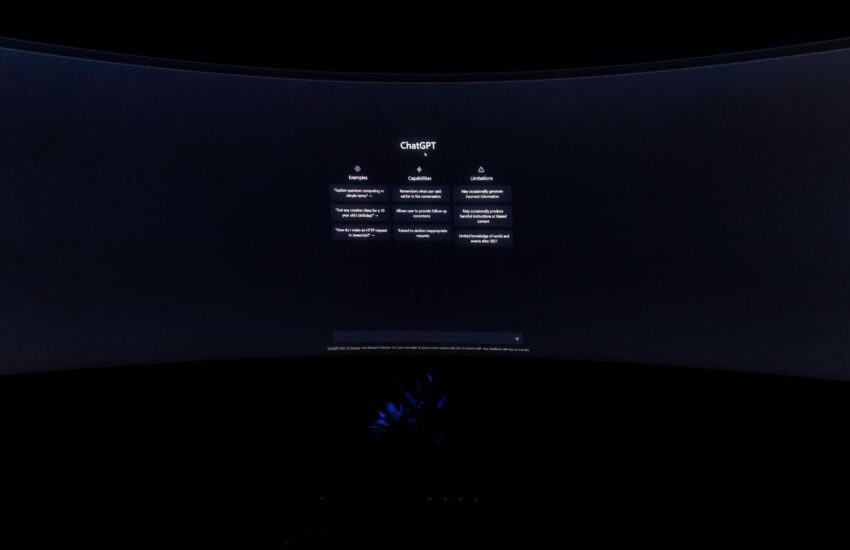Responsiveness Is No Longer Enough — What Must a Good Website Offer Today?
Just being mobile-friendly doesn’t cut it anymore. Users don’t care if a site technically works on their phone. They expect it to feel fast, smooth, and smart. And when the stakes are high, like in online gambling or financial services, people have zero patience for clunky layouts or delays.
Websites today are platforms, expected to support thousands of users, deliver personalized content and stay secure 24/7. Responsiveness is just the starting point. The real question is: what else should a good website bring ?
Functionality First
There’s a difference between a pretty site and a useful one. In industries, where users hop on and off from different devices throughout the day, consistency is a must. That means fast load times, predictable layouts and smooth transitions between screens.
Bold design backed by behavioral data is the new standard. Clean visual hierarchy, meaningful micro-interactions, and well-placed CTAs make the experience feel effortless.
Since 88% of users won’t return to a website after a bad experience. That means even one glitch can cost a customer for good.
Then Speed and Security
Users leave slow websites. 53% of mobile visitors abandon a site if it loads longer than 3 seconds. Responsive design helps, performance-first development is what really matters. We’re talking about optimized images, clean code, lazy loading, CDN integration and caching and compression.
Security is important. Users expect encryption, two-factor authentication, and safe payments. But security should be invisible, so the experience remains clean.
Personalization and Flexibility
Generic content is not enough anymore. Today’s users expect the site to recognize them, adapt to their behavior, and show them relevant options right away.
Returning customers expect to see their favorites first, while newcomers prefer onboarding tips.
Here’s what modern content structure should offer:
| Feature | Why It Matters |
| Scannable headlines | Helps users find answers faster |
| Clear CTAs | Boosts trust and flow without disruption |
| Consistent components | Builds familiarity and reduces bounce |
| Multilingual options | Increases reach, especially in global markets |
For gambling platforms, this level of customization also improves compliance by tailoring content by region or age group.
Collaboration Behind the Scenes Shapes the Frontend
Great websites don’t happen by accident. Behind the scenes, cross-functional collaboration between designers, project managers, layout specialists, and developers ensures that the build looks good AND works.
Each role brings something specific:
- Project managers keep timelines realistic and aligned with goals
- Designers build intuitive user flows
- Developers bring those designs to life with clean, efficient code
- Layout specialists make sure the visuals and structure hold up across screens
This kind of teamwork means fewer bugs, less back-and-forth, and a smoother experience for the user. And in high-traffic environments like gambling or fintech, that smoothness easily equals revenue.
What Users Expect in 2025 and Beyond
Technology keeps moving. So the users now expect features like dark mode, real-time updates (without refreshing the page), accessibility settings, language toggles, push notifications.
Even small things like remembering user preferences between visits make a big difference in how people feel about a platform.
Progressive web apps (PWAs) are also gaining ground. They combine the speed and convenience of native apps with the reach of the web. Users get an app-like experience on mobile without needing to download anything. If that isn’t low friction plus high loyalty.
Responsiveness is expected
What matters now is how a site feels, reacts, and adapts to different users. Behind the best websites is a team of specialists, backed by data, tested layouts and smart decisions.
In active industries, users render decisions in a few seconds. And in that time, the design, speed, and experience all have to work together perfectly. Anything less, and they’re gone.



